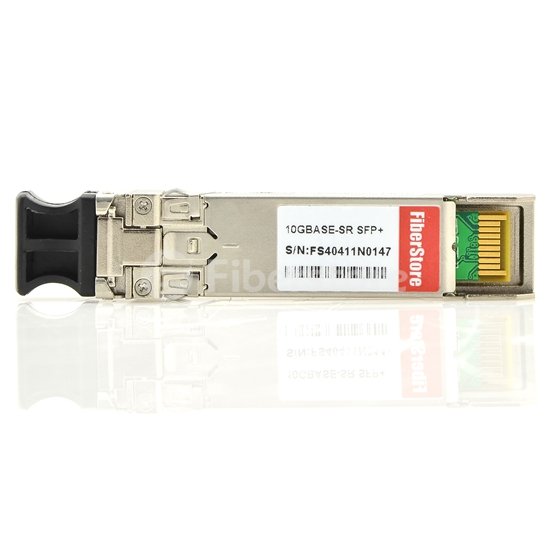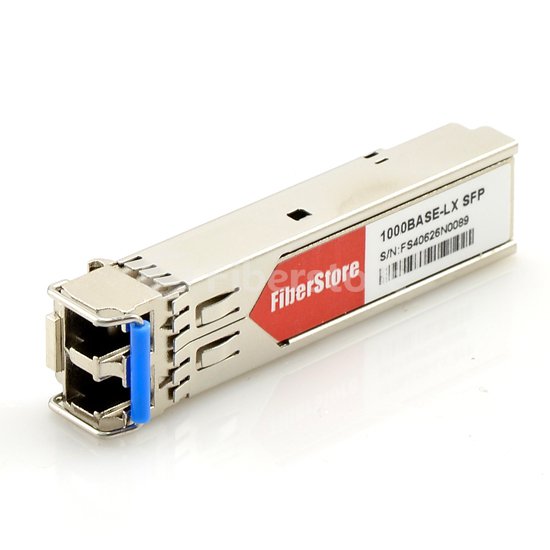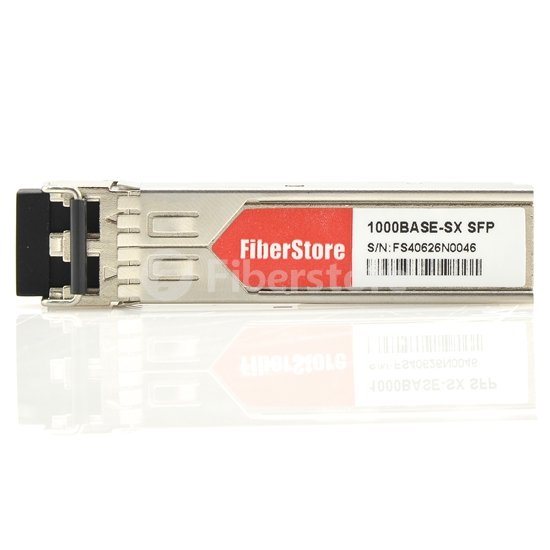SFP+ module is popular hot-swappable input and output enhancement components that allow 10 gigabit connections. They are often used to connect a device motherboard to other equipment. To apply SFP+ transceivers to your applications, other than choosing a proper one, you also need to know how to instore and remove an SFP+ transceiver. This article will help you to select, install, and remove SFP+ transceivers.
How to Select an SFP+ Transceiver
Before installing an SFP+ transceiver, first you have to select the appropriate transceiver to provide the required reach. How to select an appropriate SFP+ transceiver? There are two key points. One is to determine the required reach. Depending on the applications, you can obtain SFP+ transceivers for cable distances of up to 15m, 300m, 10km, and so on. The other is to determine wavelength restrictions or requirements. Different types of SFP+ transceivers are available to meet the wavelength requirements, like 10GBASE-SR SFP+, 10GBASE-LR SFP+, 10GBASE-LRM SFP+ and 10GBASE-ER SFP+. Usually, an SFP+ transceiver has a label on the top and bottom or side of it. The label will tell you some basic information about the transceiver and make it convenient for you to know whether you’re installing the right one. For example, a picture of Finisar FTLX8571D3BCL compatible SFP+ transceiver is shown below. From the label, you can see that it is a 10GBASE-SR SFP+ transceiver.

How to Install an SFP+ Transceiver
Procedures for installing an SFP+ transceiver:
- 1. Remove the SFP+ transceiver from its protective packaging.
- 2. Grasp the SFP+ transceiver between your thumb and forefinger.
- 3. Insert the SFP+ transceiver into an SFP+ slot on the switch, applying a light pressure to the SFP+ transceiver until the device clicks and locks into position. SFP+ transceivers are keyed to prevent incorrect insertion. If the SFP+ resists pressure, do not force it; turn it over, and reinsert it.
- 4. Remove the dust cover from the SFP+ optical bores and insert the fiber optic cable.
How to Remove an SFP+ Transceiver
Remove an SFP+ transceiver to replace it or to commission it elsewhere:
- 1. Disconnect the network fiber optic cable from the SFP+ connector.
- 2. Affix dust covers over the fiber optic bore and connector.
- 3. Pull the swing-down latch handle and use it to extract the module.
- 4. Pull and slide the SFP+ transceiver out of the SFP+ slot. If the SFP+ does not slide out easily from the slot, use a gentle side-to-side rocking motion while firmly pulling the SFP+ from the slot.
- 5. Store the SFP+ transceiver in a safe place until needed.
Notes for SFP+ Transceiver Installation
During the process of installing and removing an SFP+ transceiver, there are several things that you need to keep in mind:
- 1.SFP+ transceivers are similar to SFP transceiver in physical appearance but SFP+ transceivers support 10 gigabit per second (Gb/s) connections. Do not install an SFP+ transceiver in an SFP slot. The two transceivers look the same but function differently. You must ensure that your switch supports SFP+ transceivers before installation or use.
- 2.SFP+ transceivers and XFP transceivers both support 10 Gb/s connections, but are not compatible devices. Do not install an SFP+ transceiver in an XFP slot. You must ensure the slot is an SFP+ slot before installation.
- 3.Verify that the SFP+ is the correct model for your network configuration.
- 4.Before you install the optical connector, ensure it is clean.
- 5.Risk of eye injury by laser. Fiber optic equipment can emit laser or infrared light that can injure your eyes. When installing or removing an SFP+ transceiver, never look into an optical fiber or connector port. Always assume that fiber optic cables connect to a light source.
- 6.To prevent damage from electrostatic discharge, always wear an antistatic wrist strap connected to an ESD jack.
Conclusion
Installation of an SFP+ transceiver needs careful operation. As for SFP+ transceiver choices, Fiberstore is a good choice. We offer a large range of 10G SFP+ transceivers. All our SFP+ transceivers are 100% compatible with major brands like Cisco, HP, Juniper, Brocade, Finisar, etc. For example, HP J9150A and Brocade 10G-SFPP-SR compatible 10GBASE-SR SFP+ transceivers, or Cisco SFP-10G-LR-S and HP 455886-B21 compatible 10GBASE-LR SFP+ transceivers, these are cost-effective modules and are fully compatible with major brand devices. We are dedicated to providing better products and service for our customers.

